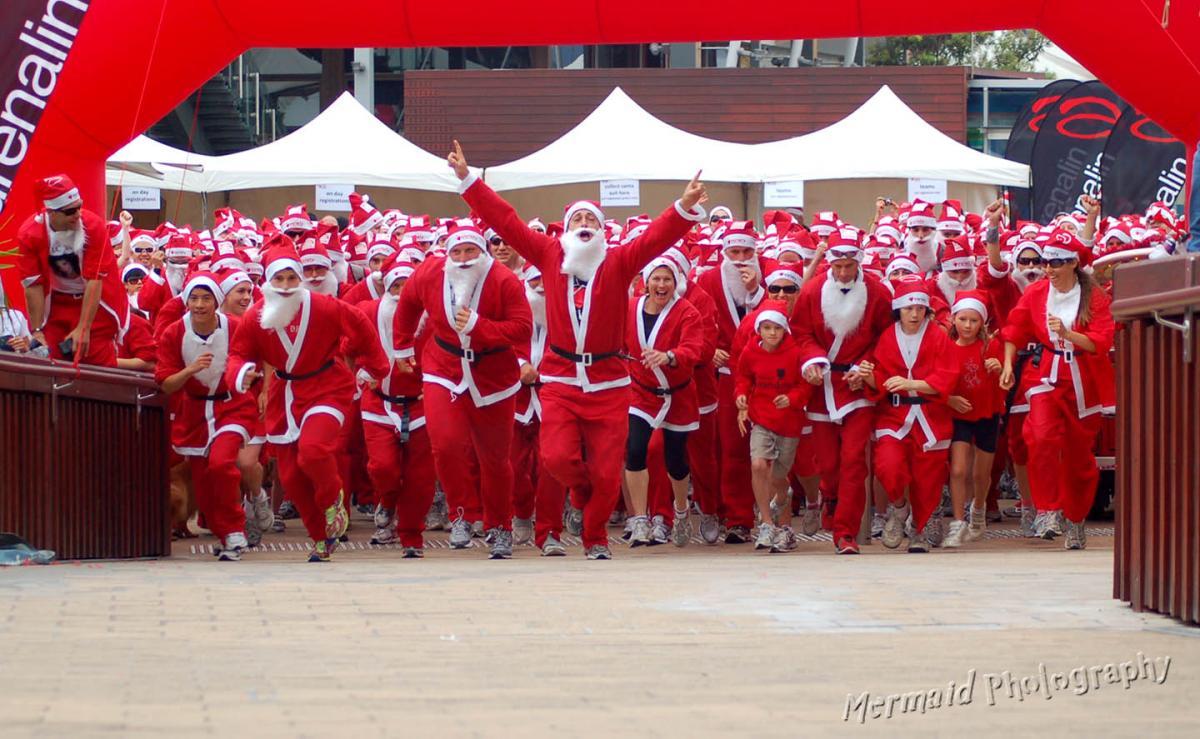Advent calendar 2015: week three Inspire article
Welcome to the Science in School Advent calendar for 2015.

Image courtesy of Mermaid
Photography; image source:
FlickR.
2016 will be an Olympic year with athletes from all countries competing in Brasil. Inspiring record-breaking achievements and gold medals will make the frontpages, hopefully conveying the spirit that led to the creation of the Olympic games many centuries ago, as explained in a TED-Ed talk.
From the high-level training methods to the material used for outfits or for stadium floors: competition-level-sport relies on the most recent scientific and technical findings to keep athletes going beyond the limits of the human body. While Muscle growth still relies on exercise and regular training, as explained in a Science in School article from 2012 (another Olympic year), the current records are probably beyond what previous generations thought was possible. But we are still far from what some animals, with a specially adapted locomotor systems, can do, as explained in another Science in School article.
If sportive achievements depend a lot on the biological differences between athletes, physics also plays a crucial role. Ball-rolling, bouncing, or turning is all about physics for example: the famous soccer goal from C. Carlos in 19997, for example, owes its spectacular look to differences of pressure on the two sides of the ball Generally-speaking, basketball is also all about energy transfers between the ball and the floor, as you can experiment directly with your pupils.
While eating and drinking in the festive period, do not forget to exercise a little to get back in shape for the skiing season just after!





